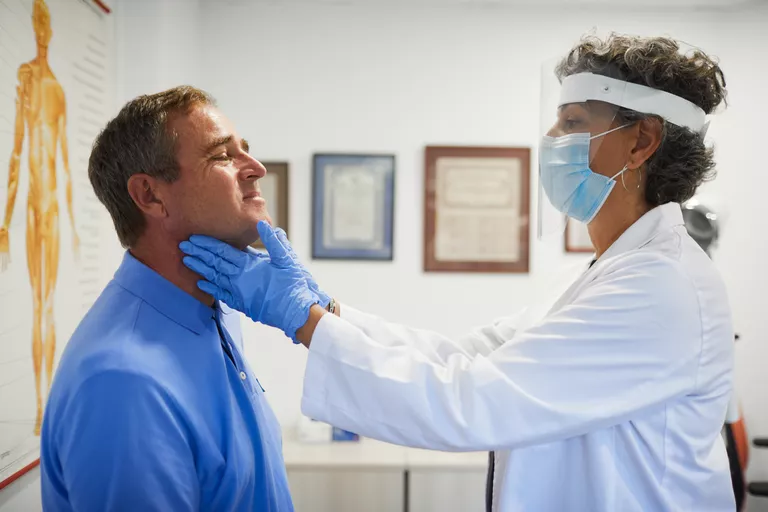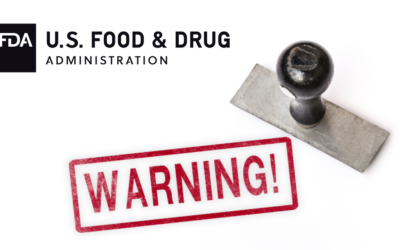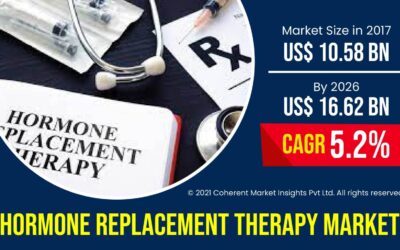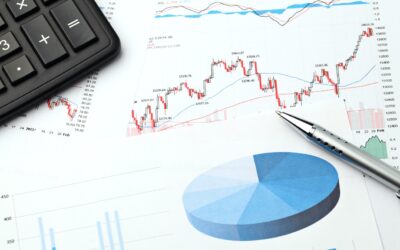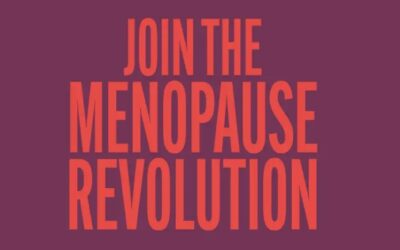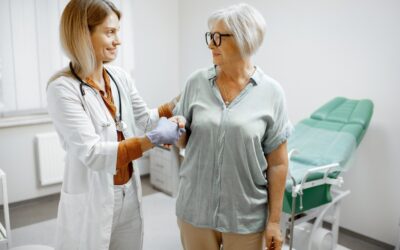By Mark Gurarie
Published on October 19, 2021 Medically reviewed by Danielle Weiss, MD
Hypogonadism, a condition in which the body produces insufficient sex hormones, causes a wide range of symptoms that vary based on age and sex at birth. In adolescents undergoing puberty, this condition is linked with developmental delays, with adult females experiencing disrupted or altered menstruation and hot flashes, and male adults reporting erectile dysfunction, fatigue, and gynecomastia (the development of breasts in males), among others. 1https://116bd1f64c3f00cb91ee6293638fdebb.safeframe.googlesyndication.com/safeframe/1-0-38/html/container.html
Since the root cause of hypogonadism is an insufficient supply of androgens (especially testosterone) in males and estrogen in women, therapies to restore these levels are the gold-standard approach to the issue. In addition, since some cases of this condition occur due to tumors of the pituitary gland (as opposed to the ovaries in women and testes in men, respectively), surgery also helps restore levels.2 However, tumors on the pituitary gland (also known as prolactinomas) are often treated with medication alone. Alongside these approaches, there are also a number of lifestyle and dietary changes that can help ease the condition.
Home Remedies and Lifestyle
Unless the root causes of hypogonadism—hormone deficiencies—are reversed, the condition persists. That said, lifestyle and dietary changes can help manage symptoms or take on associated conditions that lead to hypogonadism. Specific approaches vary somewhat based on sex at birth.
Weight Management
Excessive weight and obesity can add to the burden of hypogonadism, so taking on the former can help with the latter. In males, insufficient androgens can lead to metabolic syndrome, a collection of symptoms that raise the risk of type 2 diabetes, stroke, and heart problems. Researchers have found that obese men with the condition can help restore hormone balance and sexual function.3
Hypogonadism in women, most commonly experienced as menopause, can cause weight gain and related issues. In addition, osteoporosis (a weakening of bones) is associated with excessive weight, increasing the chances of injury.4 As such, you may be counseled on dietary changes, exercises, and other changes you can incorporate to lose weight.https://116bd1f64c3f00cb91ee6293638fdebb.safeframe.googlesyndication.com/safeframe/1-0-38/html/container.html
Diet
Adjustments in diet can not only help manage obesity but also boost sex hormone levels in the body. Dietary changes needed include:5https://116bd1f64c3f00cb91ee6293638fdebb.safeframe.googlesyndication.com/safeframe/1-0-38/html/container.html
- Avoiding processed foods, salts, and sugars
- Emphasizing healthy fats from seeds, nuts, and plant-based oils
- Boosting intake of healthy proteins, as in fish and chicken (with no fat)
- Ensuring you have multiple servings of fresh fruit and vegetables a day
- Steering clear of red meats (beef, lamb, etc.)
Ketogenic Diets
Research has found that ketogenic diets can help males with hypogonadism.6 This is a diet that emphasizes healthy fats, ensures protein intake, and severely limits carbohydrates.
Exercise
Along with diet, ensuring you get enough physical activity can be a means to manage weight as well as some of the associated complications of hypogonadism. In fact, exercise, particularly weightlifting and strength training, can boost the amount of testosterone men with the condition produce.7https://116bd1f64c3f00cb91ee6293638fdebb.safeframe.googlesyndication.com/safeframe/1-0-38/html/container.html
Further, regular exercise helps promote bone strength. It may be recommended for those experiencing osteoporosis due to the condition.4
So what should you aim for? Here’s a breakdown:8
- Regular activity: Aim for a minimum of 150 minutes a week of moderate activity. This can be broken up in different ways. For instance, 30 minutes a day, five days a week of walking or cycling is a good initial goal.
- Muscle strengthening: At least twice a week, you should take part in exercises that strengthen muscles. This can mean lifting weights or performing other exercises, such as push-ups, sit-ups, and squats.
- Varying the routine: It’s important to gradually scale up your fitness routine, starting small and then eventually increasing the intensity of exercise. With strengthening, it’s a good idea to alternate the muscle group you focus on.
If you don’t know where to start, it’s a good idea to talk to your doctor or a trainer to develop an approach that works for you.
Lifestyle Habits
As with many health conditions, some other lifestyle changes can further help manage hypogonadism, including:4
- Quitting or cutting down on alcohol consumption
- Stopping smoking
- Ensuring you get plenty of sleep (eight hours a night for adults)
Over-the-Counter (OTC) Therapies
There aren’t many OTC approaches to hypogonadism; however, some supplements and medications can help manage the condition. For females, supplements of certain vitamins may help, including:4
A wide range of over-the-counter, herbal supplements are touted for male hypogonadism. These typically promise to raise testosterone levels, alongside other claims. While evidence is lacking for many of them, studies suggest that supplements of fenugreek seeds are effective and well-tolerated. Zinc has also shown promise as deficiency of this mineral is associated with some symptoms of hypogonadism.9
However, it’s important to consult your doctor before starting any kinds of herbal regimens or supplements. For instance, too much calcium or vitamin D can cause problems with kidney health.10
Prescriptions
Since hypogonadism is, at its core, defined by a lack of testosterone in males and estrogen in females, medical management focuses on replacing these levels and spurring their production. Hormone replacement therapy (HRT) does exactly that for men and premenopausal women with the condition, and there are several forms it takes.
Testosterone
Restoration of testosterone levels to healthy ranges is the lynchpin of hypogonadism treatment in men and may be indicated for women. There are many different ways this type of HRT is delivered, including:11
- Intramuscular injection: Two preparations of testosterone—Delatestryl (enanthate) and Depotestosterone (cypionate)—are available as injections for medium-term management. A long-acting version of Aveed (testosterone undecanoate) may also be administered.
- Transdermal gels: A range of formulations of testosterone can be applied in gel form, including Androgel, Testim, and Axiron, among others.
- Skin patches: Testosterone is also available as a skin patch, Androderm, that’s worn daily.
- Nasal/Oral: Several tablets can be taken, including Andriol, and there’s also a nasal spray, Natesto, as well as a strip taken under the tongue called Striant SR.
- Implants: A pellet implanted under the skin, Testopel, can provide consistent doses of testosterone. These are implanted in the buttocks, lower abdomen, or thigh, lasting for three to six months at a time.
While testosterone therapy is very effective in managing hypogonadism, there are some potential adverse effects, including:11
- Polycythemia (when your body produces too many red blood cells)
- Prostate disorders
- Skin problems (acne)
- Reduced sperm count/infertility
In addition, in 2016 the U.S. Food and Drug Administration (FDA) issued a warning about the cardiovascular effects of testosterone. Though more research is needed, some evidence suggests that high doses increase the risk of:11
- Heart failure
- Heart attack
- Stroke
- Liver injury
- Mood changes (depression, aggression, irritability)
As such, you’re carefully monitored if you undertake this therapy.
Progesterone and Estrogen
Pre-menopausal women with hypogonadism—as well as those with menopause—see improvement in the condition when their sex hormone levels are restored to healthy levels. HRT here takes two forms:12
- Estrogen Therapy: Among other functions, this hormone plays a role in menstruation and aids in bone structure, regulating how your body uses calcium. Pills, nasal sprays, skin patches, vaginal creams, and intrauterine devices (such as rings) with estrogen may be indicated. However, this hormone alone can increase the risk of uterine cancer, something which is lessened when taken alongside the other major sex hormone, progesterone.
- Estrogen progesterone therapy (EPT): Progesterone is an essential hormone that prepares your uterus for pregnancy, while also influencing blood pressure, mood, and sleep quality. A synthetic version, progestin, like estrogen therapy, is available in multiple forms: as tablets, patches, vaginal creams or suppositories, or as an intrauterine device. The presence of progestin reduces the risk of uterine cancer due to taking estrogen alone; unless you’ve had a hysterectomy, this tends to be the preferred approach.
Though effective, these therapies can cause some side effects, including irregular menstrual bleeding, bloating, breast soreness, headaches, mood swings, and nausea, among others.12
Testosterone Replacement Alternatives
Given the potential adverse effects of testosterone therapy—most notably infertility—some other HRT approaches have been developed that more indirectly spur the production of this hormone. Though there are others on the horizon, currently three are accepted as therapies:9
- Human chorionic gonadotropin (hCG) stimulates the production of two hormones essential to testosterone development and sexual development: luteinizing hormone (LH) and follicle-stimulating hormone (FSH). Delivered via injections, this approach effectively manages symptoms, while also preserving fertility; they’re also used as fertility drugs.
- Aromatase inhibitors, such as letrozole and anastrozole, have also been shown to help with hypogonadism in males. These inhibit testosterone from converting to an estrogen precursor, estradiol, raising levels. However, estradiol is critical for bone health in men and women, and taking aromatase inhibitors may worsen bone health.
- Selective androgen receptor modulators (SERMs), such as Evista (raloxifene), can also boost levels of testosterone and don’t affect fertility. While the efficacy and safety of long-term use are still being researched—and currently SERMs are an off-label approach to hypogonadism—this approach has shown a great deal of promise.
Dehydroepiandrosterone (DHEA)
Not only a male issue, low testosterone can be a feature of female hypogonadism and is often associated with low sex drive. In these cases, doctors may prescribe supplements of the hormone, dehydroepiandrosterone (DHEA) or low-doses of testosterone.12
DHEA has also been considered for male hypogonadism to help with erectile dysfunction and sex drive. However, there’s little evidence of actual efficacy. For instance, an analysis of data from 1,300 men with hypogonadism found little evidence of efficacy for most symptoms, including sexual function.9
Surgeries and Specialist-Driven Procedures
There are two types of hypogonadism. Primary hypogonadism is caused by disorders in the male testes or female ovaries, and secondary hypogonadism, which arises due to problems with the pituitary gland or surrounding hypothalamus, a brain region at the base of the brain.1 This small gland coordinates the function of others to regulate sexual and physical development.
A common cause of secondary hypogonadism are benign tumors, called adenomas, on the pituitary gland or surrounding hypothalamus. Sometimes these tumors can be treated with medication, but in some cases, doctors may employ radiation therapy or surgery to remove them.1 With the obstruction gone, sex hormone levels return to normal levels following this treatment.
In cases of obesity alongside hypogonadism, doctors may also consider weight loss surgery, such as gastric bypass surgery or gastric banding. Alongside drastic reductions in weight, studies have shown these to have an immediate effect on sex hormone production.3 That said, due to the risk of complications, this option is only considered after other means of weight loss are attempted.
A Word From Verywell
In many cases, hypogonadism is a chronic condition, requiring consistent and constant management. No doubt, this disorder—and its complications, such as osteoporosis, infertility, and others—presents unique challenges and severely impacts quality of life.
However, management of this condition has come a long way. HRT and other approaches have helped countless people with hypogonadism lead full, unencumbered lives. Certainly, as research continues, the methods and means of taking on this issue will continue to improve.

